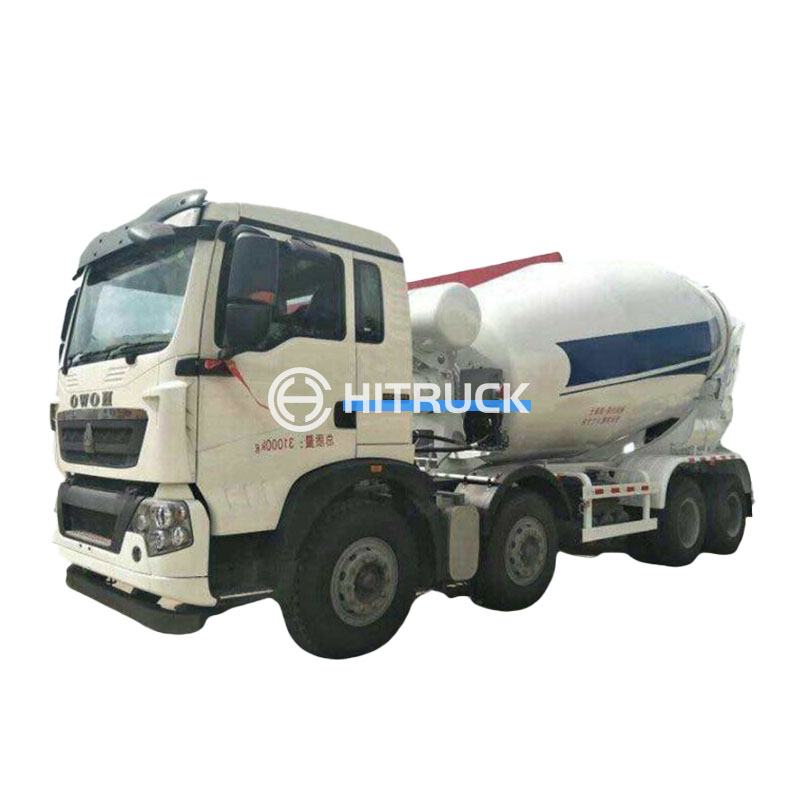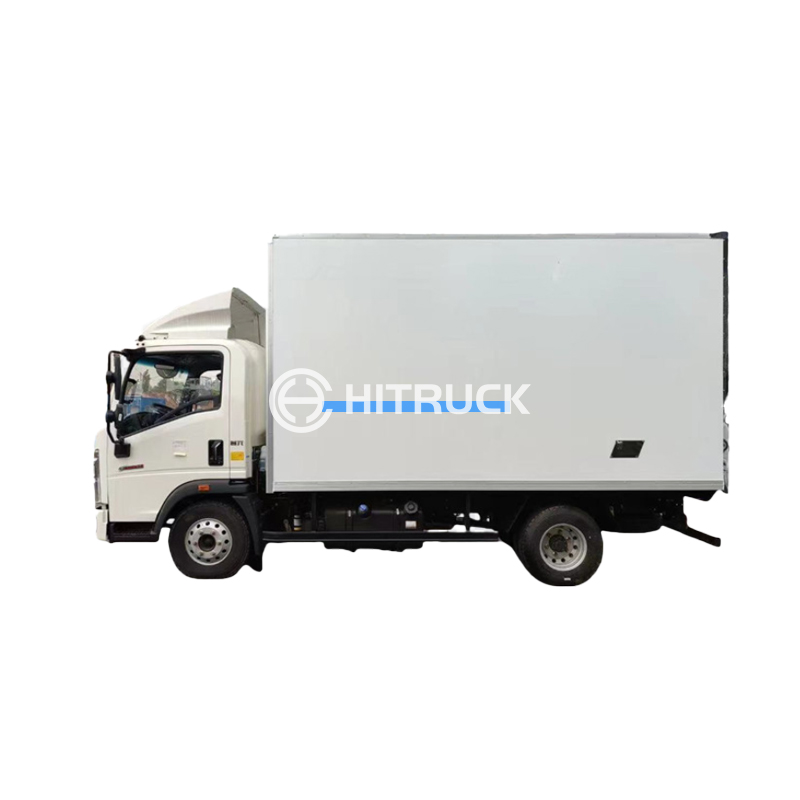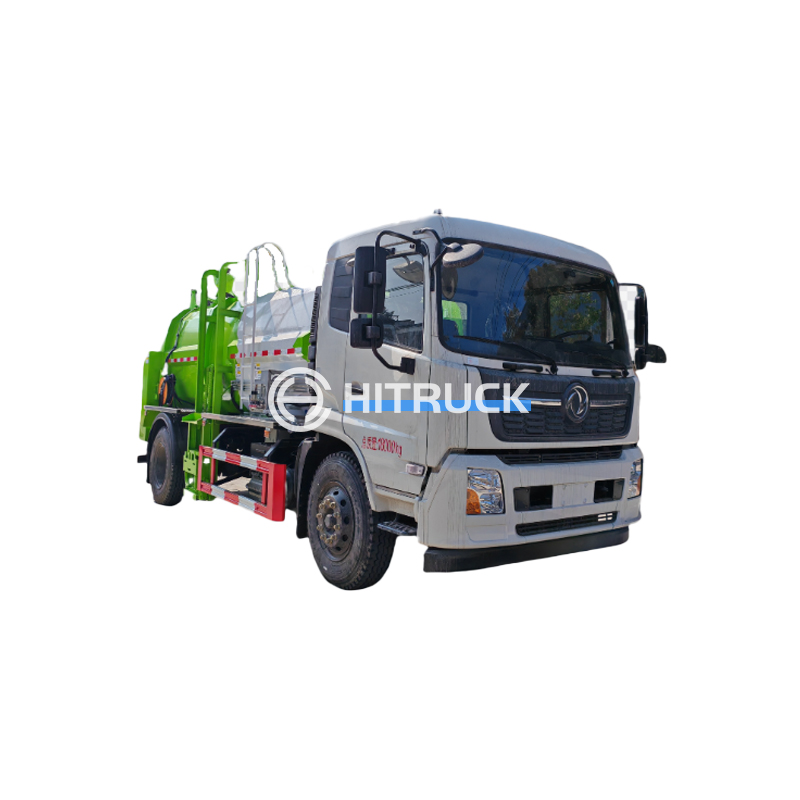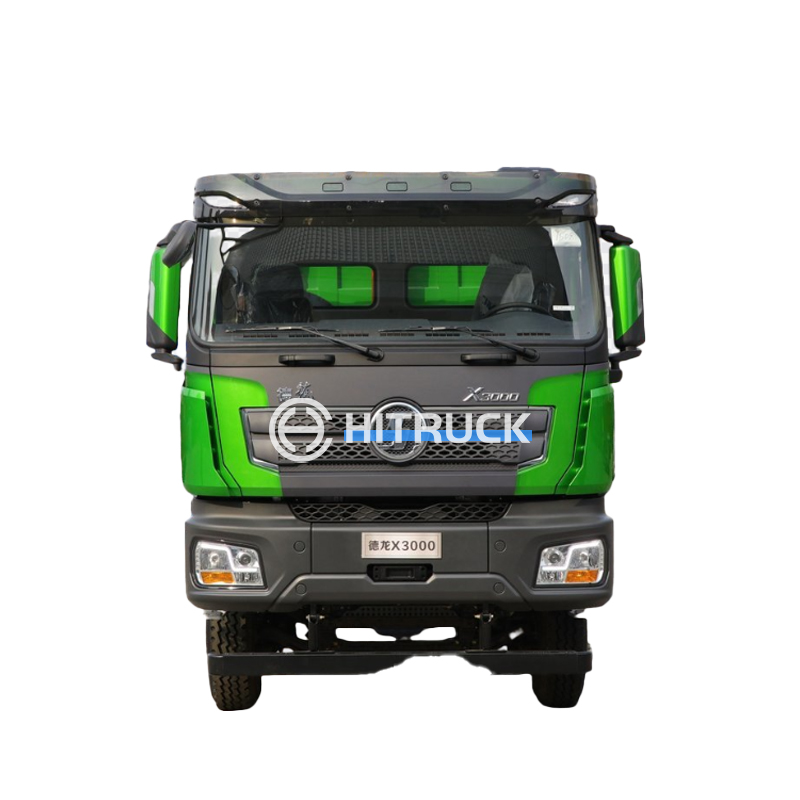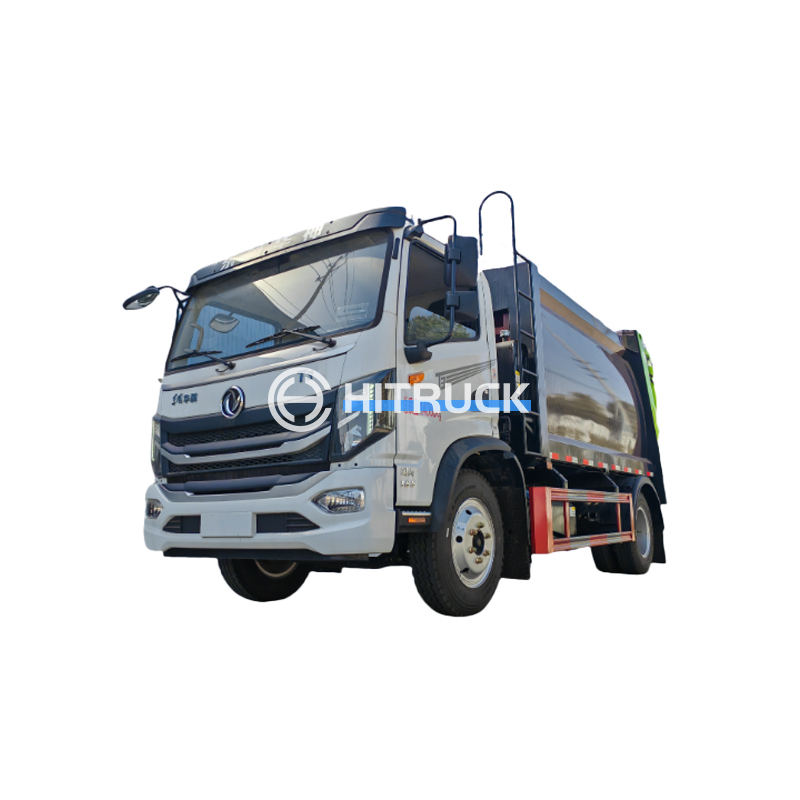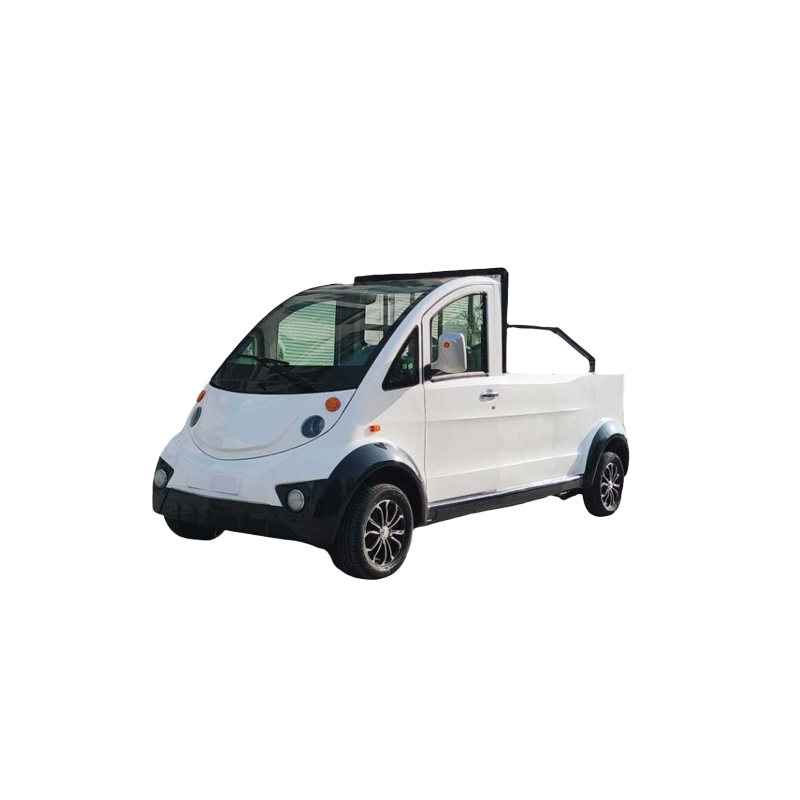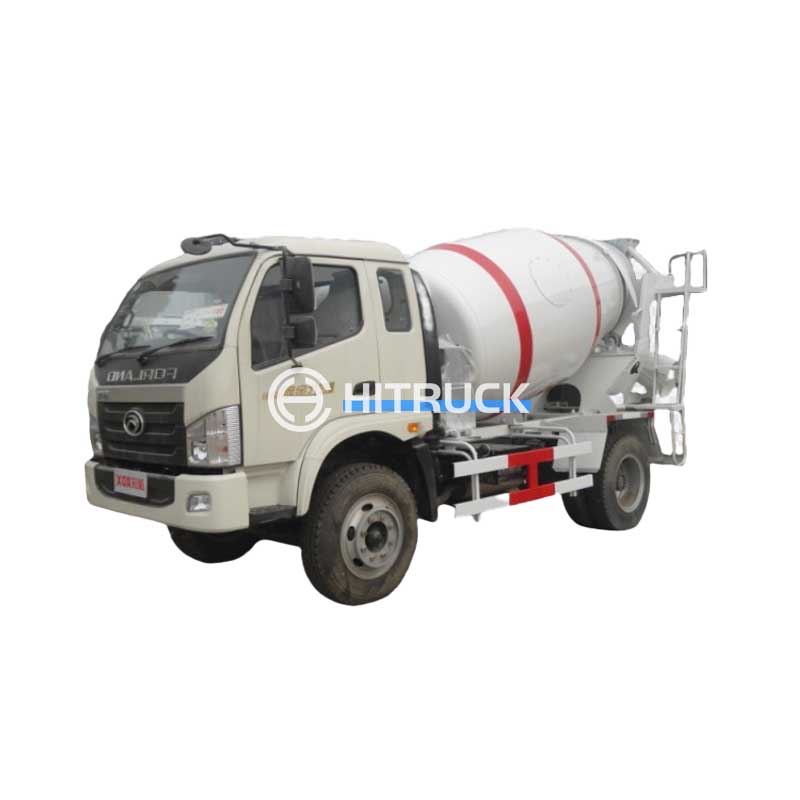Construction Water Tanker: Your Guide to Choosing the Right OneThis comprehensive guide explores the crucial factors to consider when selecting a construction water tanker, ensuring you choose a solution that meets your project's specific needs and budget. We cover key features, capacity options, and important considerations for efficient water management on construction sites.
The efficient management of water on a construction site is critical for dust suppression, concrete mixing, and general site cleanliness. A reliable construction water tanker is therefore a vital piece of equipment. This guide will help you navigate the process of selecting the right tanker for your project, considering factors such as capacity, features, and overall cost-effectiveness. We'll explore different types of tankers and their respective applications, providing you with the information you need to make an informed decision.
Before investing in a construction water tanker, accurately assess your project's daily and overall water needs. Consider factors such as the size of the construction site, the type of work being undertaken, the climate (especially concerning dust control), and the frequency of water refills. Overestimating or underestimating your water requirements can lead to either unnecessary expense or insufficient water supply, impacting project efficiency and potentially safety.
Different construction projects have varying water demands. For example, large-scale infrastructure projects will require significantly more water than smaller residential builds. Understanding your project's specific requirements is crucial to selecting a tanker with the appropriate capacity. For instance, projects involving extensive concrete work will require larger tankers with higher pumping capabilities compared to projects primarily focused on dust suppression.
Construction water tankers come in various capacities, typically ranging from a few thousand liters to tens of thousands of liters. Choosing the right capacity depends on your water consumption and the frequency of refills. A larger capacity reduces the need for frequent refills, improving efficiency, but also increases the initial investment cost. Smaller tankers offer cost savings but may require more frequent refills, potentially disrupting work schedules.
Beyond capacity, several other features are crucial. These include the type of pump (centrifugal or positive displacement pumps offer varying pressure and flow rates), the material of the tank (stainless steel is durable and resistant to corrosion), the presence of a pressure gauge for monitoring water pressure, and safety features like overflow protection and a robust chassis. Consider the terrain of your construction site when assessing the maneuverability and ground clearance of the tanker. Some tankers offer additional features such as integrated water filtration systems or spray nozzles for effective dust suppression. For example, a tanker with a powerful pump and high-pressure nozzles will prove particularly valuable for dust suppression in arid climates.
Partnering with a reputable supplier is essential. Look for a supplier with a proven track record of providing high-quality construction water tankers and excellent customer service. Check online reviews and testimonials to gauge customer satisfaction and the supplier's responsiveness to customer needs. Consider the supplier's warranty policy and after-sales service provisions to minimize potential downtime and repair costs.
Ongoing maintenance is vital to ensure your construction water tanker operates efficiently and safely. Consider the supplier's maintenance and repair services; a readily available and competent support network can minimize disruption during operation. Understanding the maintenance schedule and the availability of spare parts is crucial for long-term operational efficiency.
While the initial investment cost is a significant factor, carefully consider long-term costs such as maintenance, fuel consumption, and potential repairs. A more expensive tanker with superior features and durability might prove more cost-effective in the long run due to reduced maintenance and downtime. A detailed cost analysis considering both initial and long-term expenses is crucial for making an informed purchasing decision.
| Feature | Small Tanker | Large Tanker |
|---|---|---|
| Capacity | 5,000 Liters | 20,000 Liters |
| Initial Cost | Lower | Higher |
| Refill Frequency | Higher | Lower |
| Maintenance | Potentially Lower (depending on usage) | Potentially Higher (depending on usage) |
For further assistance in finding the perfect construction water tanker for your needs, explore the diverse range of options at Suizhou Haicang Automobile sales Co., LTD. Their commitment to quality and customer satisfaction makes them a valuable resource for construction companies of all sizes.


